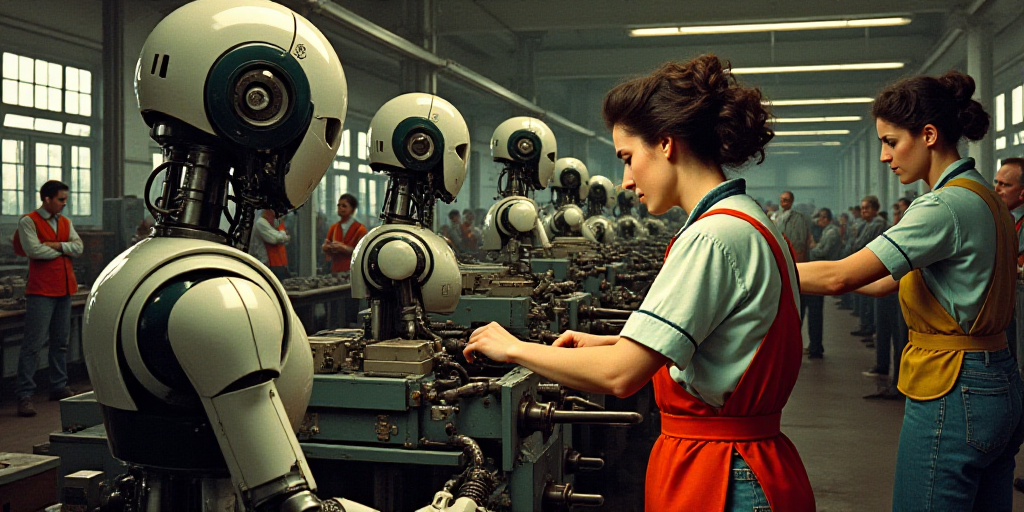Introduction
In Mexico, the triple workload of working, caring for others, and managing household chores remains predominantly a female responsibility. According to the National Household Income and Expenditure Survey (ENIGH) 2024 by the National Institute of Statistics and Geography (Inegi), women dedicate 12% more time per week to these tasks compared to men.
Key Findings
- Time Spent: Approximately 13.2 million women devote 76.1 hours weekly to this triple workload.
- Male Counterparts: Around 9.1 million men also engage in this workload, dedicating 67.6 hours per week, which is 8.5 hours less than women.
- Comparison to 2022: In 2022, both men and women spent more time on these tasks. Men dedicated 68 hours, while women devoted 76.8 hours.
- Caregiving Disparity: The time gap is most noticeable in caregiving tasks. Women who only care for household members spent 31.4 hours weekly, compared to the 18.9 hours men dedicated.
Caregiving in Mexico
Historically, caregiving responsibilities have fallen on women, affecting their professional, economic, social, and intellectual development. With an aging population and caregiving largely remaining unpaid labor, a care crisis has been predicted.
- Caregiving Demand: In 2024, 18.5 million people in Mexico required care, a 0.8% decrease from 2022.
- Demographics: The primary beneficiaries (9 million) led the list, followed by people with disabilities (5.6 million) and dependent older adults (3.9 million).
- Public Funding: The public budget for care-related programs in 2025 is 45,800 million pesos, equivalent to 0.1% of the GDP, reflecting limited allocation to this area.
Challenges and Future Outlook
A longer lifespan necessitates robust financial mechanisms during old age, such as better pensions. However, with women contributing fewer weekly work hours due to lower labor force participation and predominant involvement in unpaid domestic and care tasks, achieving this goal is complex.
Research predicts an increase in the older population. By 2030, nearly 15% will be senior citizens; by 2040, this will rise to 19%; and by 2050, it will reach 24%.
The Pending Care System in Mexico
Mexico has a historical gap regarding a national care system for women. According to President Claudia Sheinbaum, progress on this front is expected during the current administration, focusing on childcare.
“We have decided to primarily focus on what were once called nurseries or care spaces for girls and boys, now known as Centros de Educación y Cuidado Infantil (CECI). We aim to build at least 1,000 centers so that working young women can leave their children and, if they wish, join the labor force.”
In addition to this system, programs like the Pension for Elderly and Persons with Disabilities, as well as educational scholarships, are part of the National Care System.
“These programs are part of the National Care System… While transfers are a component, the rest primarily concerns cultural change, training, infrastructure, and public services… The key is not just transfers but adapting existing infrastructure, building new ones, and orienting services… so that caregiving becomes defamiliarized and degendered.”
– Carlos Brown, Coordinator of Programs at Oxfam Mexico






